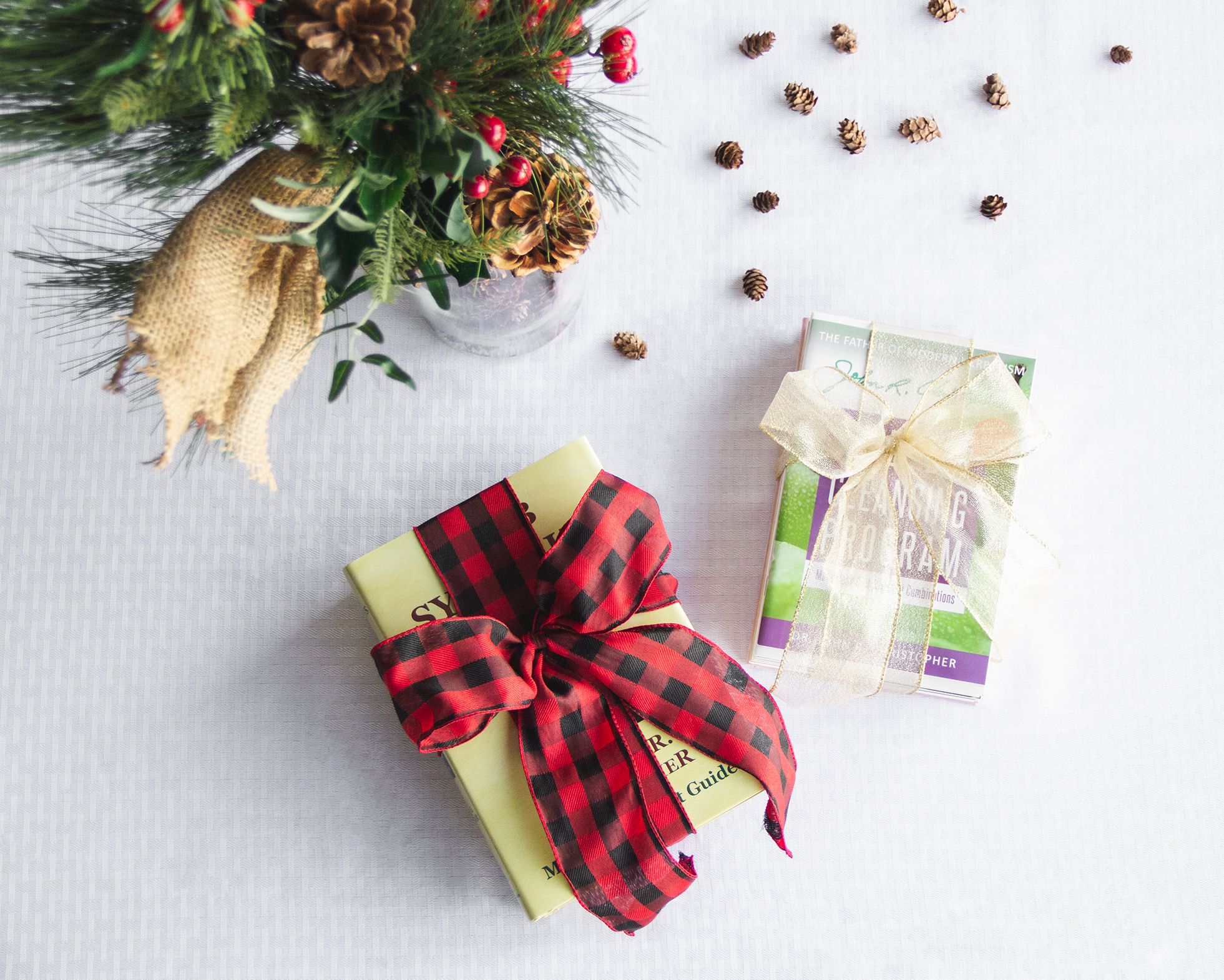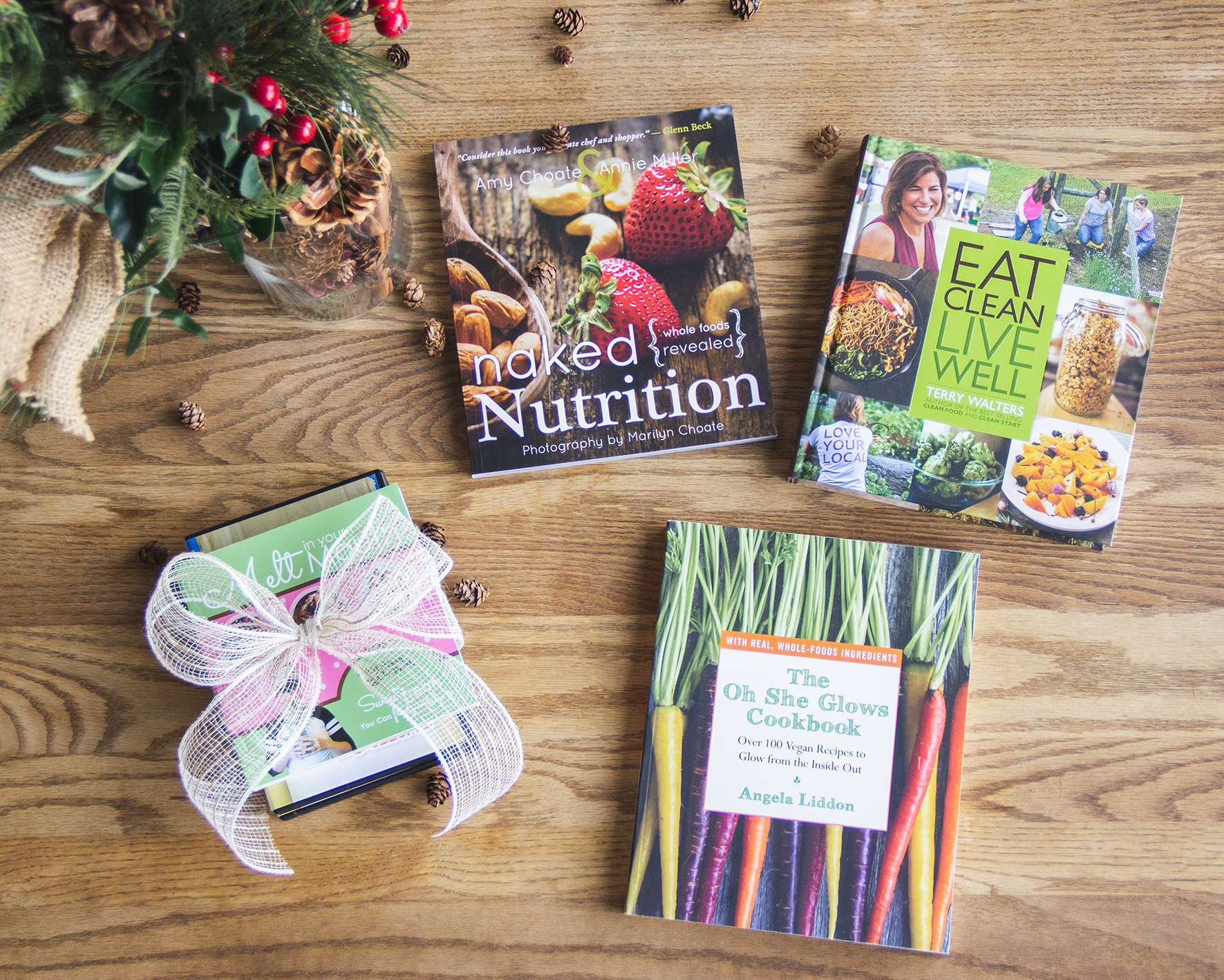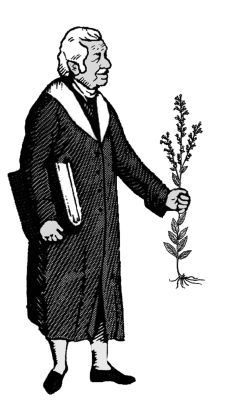Strawberry (Fragaria Vesca)
Published: Wed, 03/27/19
March 27, 2019
Strawberry (Fragaria Vesca) Jo Francks, M.H.
There are many species of strawberries, over 600 varieties in fact, and this time of year they are showing up in stores and markets. After a long winter it is very refreshing to eat fresh strawberries; and wait till you read about all the health benefits packed into them. Not only are the berries a wonderful and nutritious treat, but the leaves make a wonderful nutritional herbal infusion.
The first thing you’ll want to know about strawberries is that they contain anthocyanins which is a flavonoid known to reduce the risk of heart attack. This is also what gives the berries its red color, so guess what? You should make sure the strawberries are ripe and red when you eat them in order to get the full benefit of the anthocyanins.

Strawberries also contain quercetin which is anti-inflammatory and helps lower the risk of atherosclerosis. I can’t list all the wonderful properties of the berries in this short article but be aware that strawberries are packed full of Vitamin C. In a cup of berries you get almost 100 milligrams which is more that the recommended daily allowance (RDA) of 75-95 mg. for an average adult.
Strawberries are low on the glycemic index (40) making them a good food choice for diabetics. They also may be helpful for lowering blood pressure due to their polyphenols. They contain folic acid, anti-oxidants, and ellagic acid and kaempferol which have been shown to be cancer protectants. From the research I’ve done there aren’t any reasons I can see to not eat a lot of strawberries. But let’s not stop there.
The leaves of the strawberry plant pack a big punch in the medicinal realm. They are astringent, tonic and diuretic. They contain caffeic acid (not caffeine) shown to reduce arthritis symptoms and inflammation of the joints. The leaves also provide trace minerals such as iron, calcium and vitamin C. They are also good for digestion. To make an infusion of strawberry leaves use freshly picked or dried leaves. Add a heaping teaspoon of dried leaves to a cup of hot water or 4 or 5 fresh leaves, let steep for 10-15 minutes, strain and enjoy. Jethro Kloss recommends using it in place of coffee or tea and says it is good for eczema if taken internally and used as a wash. He also claims it will prevent night sweats.
It’s a good time this spring to think about adding strawberry plants to your garden. They like all soil conditions and will grow in poor soil quite well. If you’re out hiking you may come across wild strawberries. The best strawberries to eat are definitely the ones you have grown yourself to ensure there are no pesticide residues on them and they just taste better. Look for organic strawberries in the store or at farmers markets if possible. Otherwise make sure to wash them well.
Jo Francks is a Master Herbalist working at The School of Natural Healing.
Printable Version: http://herballegacy.com
If you missed an article be sure to visit http://www.herballegacy.com and click on Articles. Also, take advantage of David Christopher's Radio Show (see Resource Links below for more information).


David Christopher is now on Twitter!
You can follow David @DChristopherMH
Herbal Resource Links
This newsletter is sent by permission only - you can unsubscribe quickly and easily by clicking the link below.
.


Bundle Book Sales from Christopher Publications!
A Healthier You Radio show is back!
Listen live every Monday morning at 11:30 Mountain Time.
Click here for the link to listen to our live show
David Christopher is now on Twitter!
You can follow David @DChristopherMH
Strawberry Breakfast
½ cup pearl barley or oat groats
3 whole dates pitted
1 cup sliced strawberries
1-2 tablespoons honey
Soak the barley or groats overnight in 2 cups water. In the morning drain and rinse the grain and add ½ cup water, barley and dates to a blender with a dash of sea salt if desired. Blend until smooth or desired consistency. Pour into a bowl, top with strawberries and honey. Enjoy!
Note: Barley can be replaced with any other grain or seed such as buckwheat or cooked quinoa.
Recipe by Jo Francks
Printable Version: http://herballegacy.com
½ cup pearl barley or oat groats

3 whole dates pitted
1 cup sliced strawberries
1-2 tablespoons honey
Soak the barley or groats overnight in 2 cups water. In the morning drain and rinse the grain and add ½ cup water, barley and dates to a blender with a dash of sea salt if desired. Blend until smooth or desired consistency. Pour into a bowl, top with strawberries and honey. Enjoy!
Note: Barley can be replaced with any other grain or seed such as buckwheat or cooked quinoa.
Recipe by Jo Francks
Printable Version: http://herballegacy.com
Herbal Resource Links
- Herbal Legacy - http://www.herballegacy.com - Our free information website
- The School of Natural Healing - http://www.snh.cc - Quality Education since 1953
- Christopher Publications - http://www.christopherpublications.com - Dr. Christopher's books and more
- Christopher Websites - http://www.christopherwebsites.com - Find all Christopher websites and other great resources
- A Healthier You Radio Show - http://www.ahealthieryouradio.com - Free weekly radio show
This newsletter is sponsored by:
The School of Natural Healing: http://www.snh.cc
Christopher Publications: http://www.christopherpublications.com
The School of Natural Healing: http://www.snh.cc
Christopher Publications: http://www.christopherpublications.com
NOTICE: All information in this newsletter is given out as information only and is not intended to diagnose or prescribe. For our official Disclaimer, Biological Individuality, Important Notice & Terms of Use please see: http://www.herballegacy.com/Disclaimer.html
This newsletter is sent by permission only - you can unsubscribe quickly and easily by clicking the link below.
.

